Earned sick and safe time
One notable addition to the new Minnesota state laws that went into effect on Jan. 1 is earned sick and safe time (ESST). This entails paid leave that employers are mandated to provide their employees. To qualify for sick and safe time, individuals must have worked at least 80 hours in a year for a Minnesota employer and not be an independent contractor.
The legislation was enacted based on state reports indicating that individuals with paid sick leave tend to utilize healthcare less. Additionally, their children are likely to do better academically, and they tend to recover faster by attending preventative healthcare appointments. According to state reports, this will impact about 932,000 workers in Minnesota who did not previously have access to paid sick leave.
An employee can now earn one hour of sick leave for every 30 hours worked, with a maximum accumulation of 48 hours, unless the employer agrees to a higher number. During sick and safe time, employees must receive the same hourly wage they receive during a regular workday.
For employees of the Mounds View District, these are relatively minor changes. “In most cases, for employees who already earn time off, the amount of time off that the district provides is greater than required under the law,” said Julie Coffey, executive director of human resources. “In those cases, the only change for employees is the reasons for which they can use ESST and the eligible family members to which it can be applied.” Additionally, hourly employees who previously did not earn time off will now receive one hour of leave for every 30 hours worked.
While some employers may require advance notice to use safe and sick time, the process for requesting paid leave varies by employer. The employer also may require reasonable documentation if an employee uses more than three days of sick leave. Importantly, employers cannot compel employees on leave to find their own replacement.
Despite many employers already offering paid sick leave, the new sick and safe time law also includes circumstances related to employee safety. Reasons one could take sick and safe time include the employee’s or family member’s mental or physical illness and treatment, absence due to domestic abuse, sexual assault or stalking, closure of the employee’s workplace or closure of a family member’s school or care facility.
Over the last few months, the district’s Human Resources Department has had to work around the changes. “The biggest challenge right now is that the law requires that time off be allocated and used in hours,” said Coffey. “Many of our employees received time off in days versus hours so we’ve had to change our time-off system to hours.”
Employers are obligated to include the available sick and safe hours on employees’ earning statements at the end of each pay period.











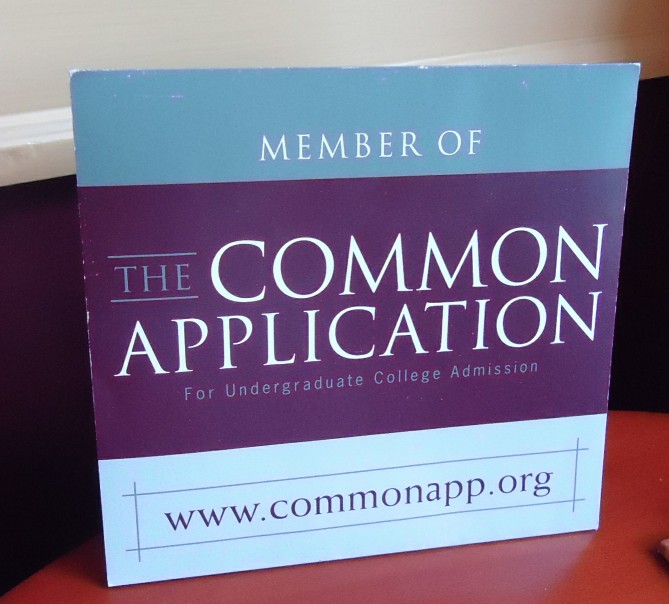
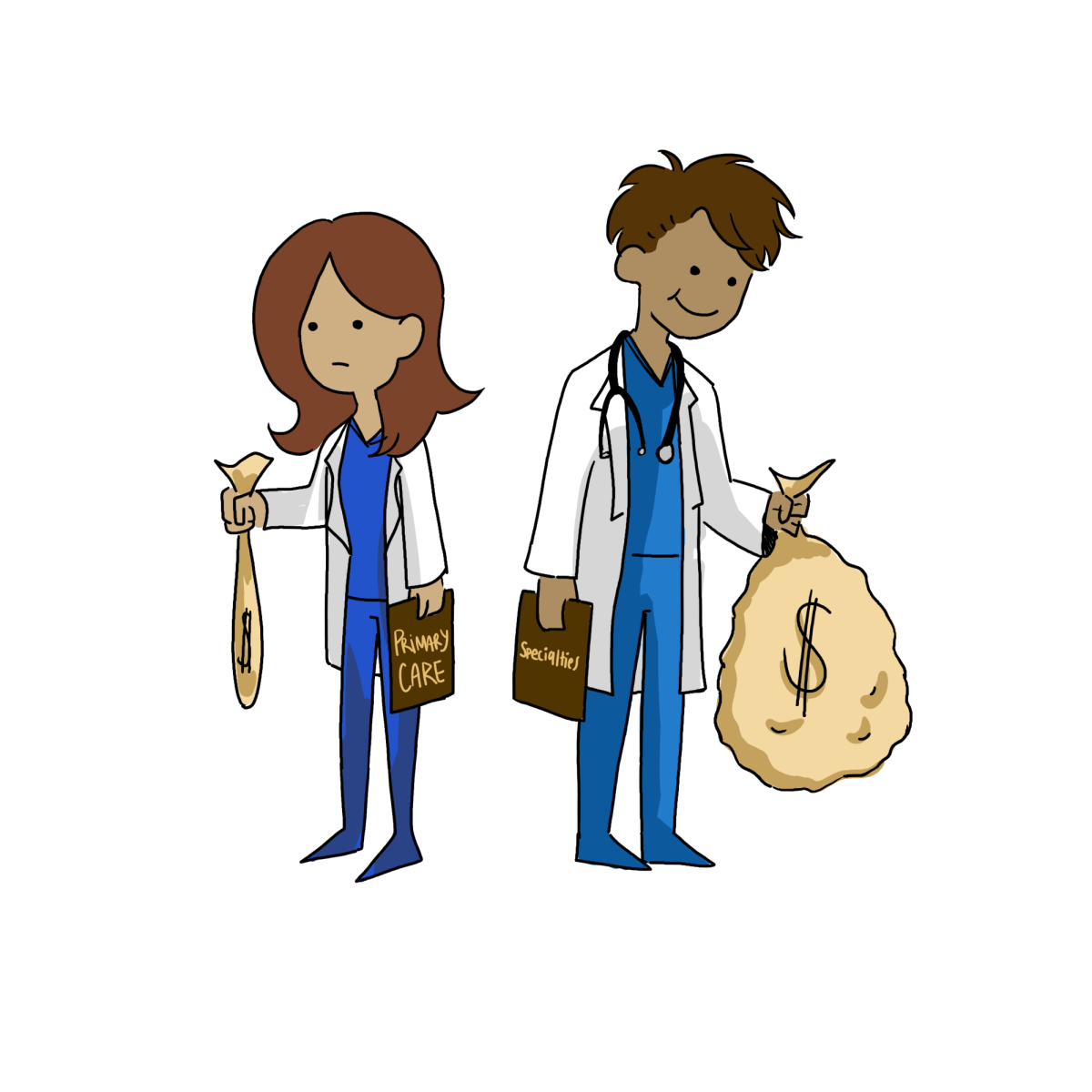

![[DEBATES] Prestigious colleges: value or hype?](https://www.mvviewer.org/wp-content/uploads/2024/12/buildings-1200x654.png)














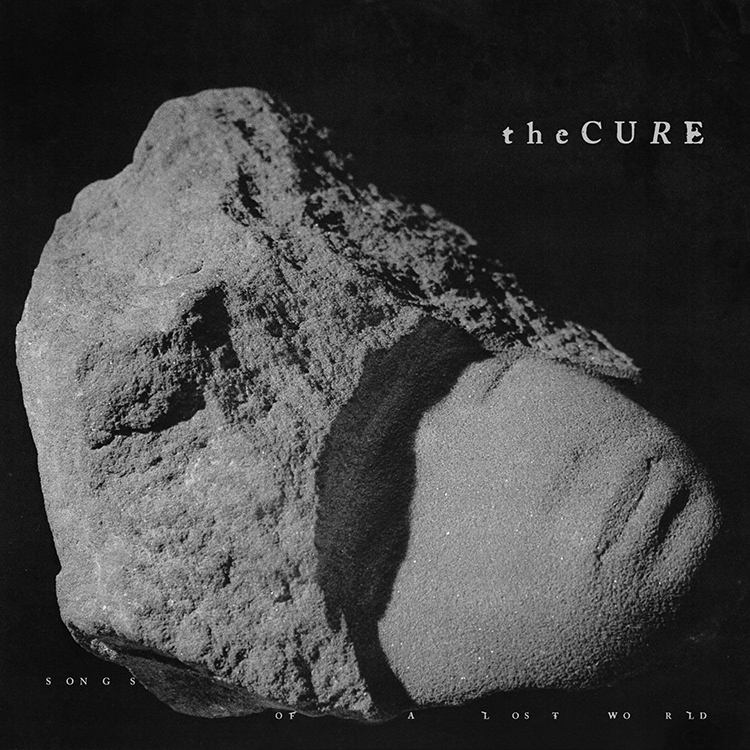








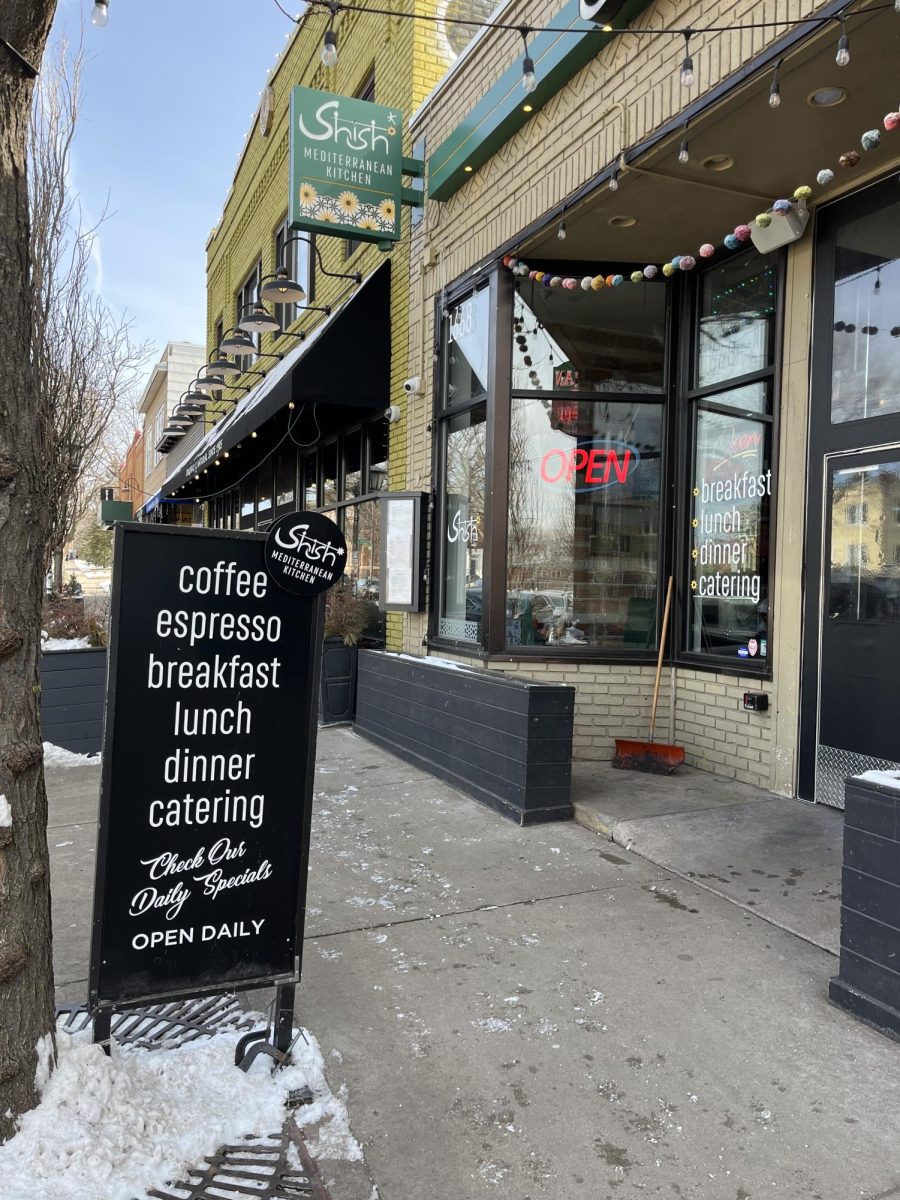




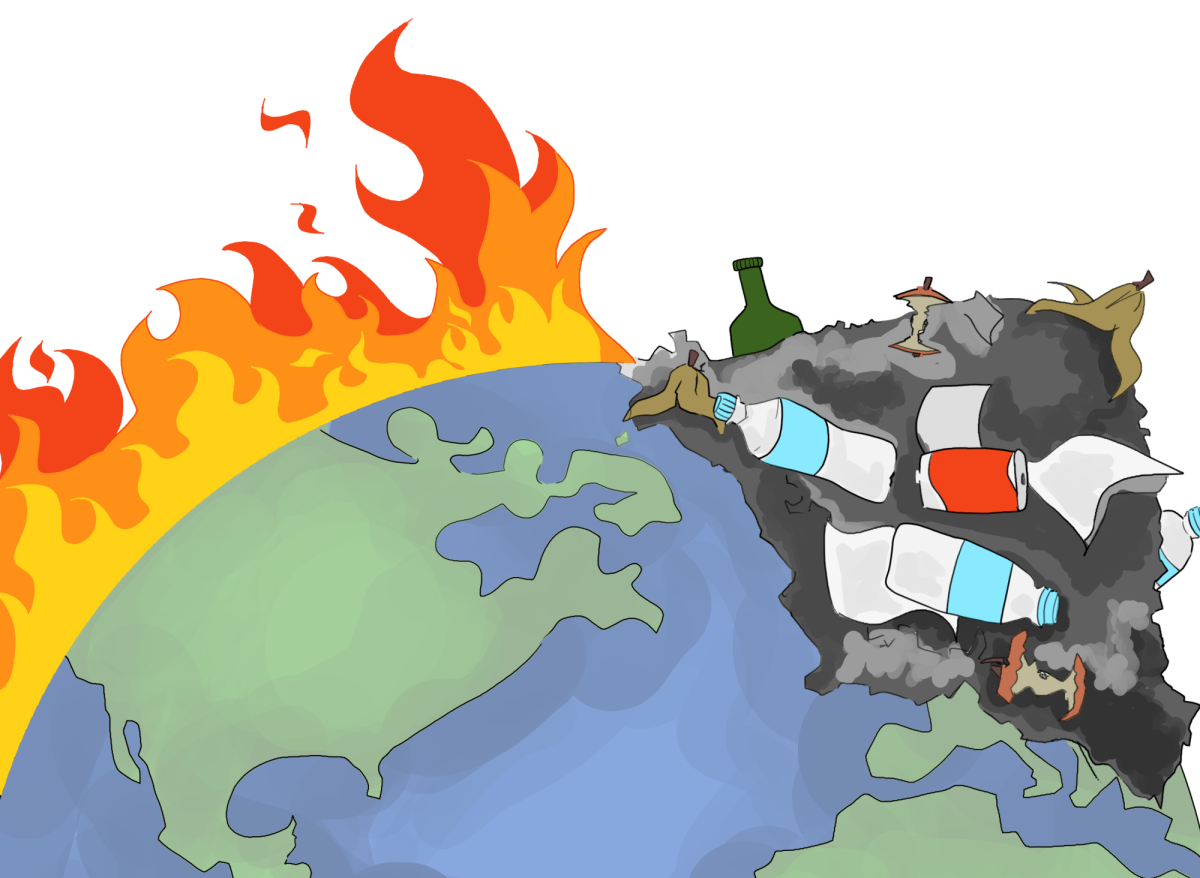


![[OPINION] The dark origins of TikTok's looksmaxxing trend](https://www.mvviewer.org/wp-content/uploads/2024/02/Copy-of-Copy-of-Untitled-Design-1200x675.png)












